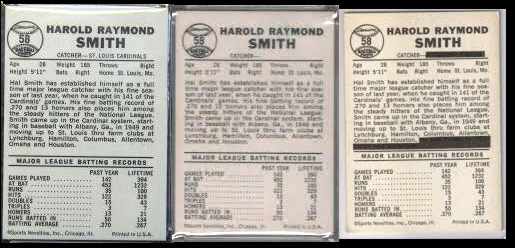1971 Topps #180 Al Kaline (Tigers)
| Grade |
EX/EX+ |
| Book Value |
$ 20 |
| Our Price |
$ 11.95
Add to cart
|


Below are short bits & pieces on sportscard & baseball trading card collecting.
Please wander around the website for more info, prices, values & images
on vintage baseball, football, basketball, hockey, sport and non-sports cards.
1957 Topps Football Cards
Checklist & Values
In 1957 Topps created the modern day card by reducing the size of
cards to current standard 2-1/2 x 3-1/2 inches. Topps also increased
the set to 154 players and dramatically changed card format to a horizontal
split-card. Player selection was awesome with (31) future Hall-of-Famers.
1957's top rookies were Bart Starr, Johnny Unitas & Paul Hornung.
The only variation is card #58 Willard Sherman.
Click for complete
1957 Topps Football card values and prices
Note: You may be on that page right now.
|

1934,1935,1936,1937 Diamond
Football Matchbooks
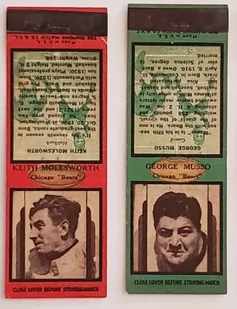
Matchbook collecting was sweeping the nation back in the 1930's
with most sports matchbooks issued by Diamond Match Company out
of New York.
The football matchbooks were printed over a period of several
years in assortment of colors and included both professional and
collegiate football players.
1930's matchbooks are huge bargains for collectors as their
values are fractions of that of Goudey and other issues from the 1930's.
Diamond also produced several issues of Hockey and Baseball Matchbooks.
Click for complete
1935-1936 Diamond Baseball Matchbook Checklist and Prices
Click for complete
1934-1938 Diamond Football Matchbook Checklist and Prices
Note: You may be on that page right now.
|

1960 Leaf Baseball Cards
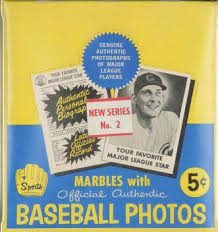
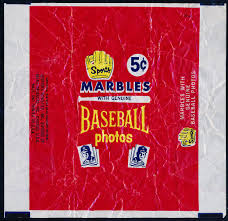
The 1960 Leaf baseball card set featured 144 regular-sized high-gloss
photo quality cards. Back then Topps had a monopoly on baseball cards
packaged with gum or candy so Leaf packaged their cards with marbles.
The marbles were from Sports Novelties Inc. and the cards, called
1960 Leaf, bear copyrights by Sports Novelties Inc.
Hall of Famers Luis Aparicio, Orlando Cepeda and Jim Bunning were the
top stars in the set. The set came in two series, with the second
series high numbers (#73-#144) produced in very limited quantities.
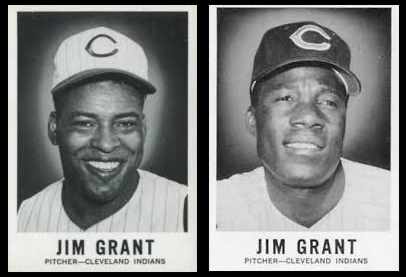
Scarcest card in the set is the corrected version of Jim
'Mudcat' Grant (#25). The more common error variation pictured
Brooks Lawrence on the front with Jim Grant's info on back.
To promote this set, Leaf also produced (8) very scarce Big-Head
PROOF variations.
There were also (3) different variations of the back of Hal Smith's
card #58. Leaf also produced (8) very scarce and extremely expensive,
Big-Head PROOF variations to promote their set.
Click for complete
1960 Leaf Baseball Cards
Note: You may be on that page right now.
|

Baseball card collecting terms (part G)
Grade/Condition Centering, corner wear, photo clarity, edges,
creases, print flaws ... all combine to determine a card's condition or grade.
Along with rarity/scarcity it is the major factor in a card's value.
Graded Card As values increased the condition of cards and the
determination of fakes and alterations became increasingly more important.
Various companies became "graders" of your cards. For a fee they would grade
your card (usually on a 1 to 10 scale) and then placed in a sealed plastic
holder with labelling of the vital information.
From past experiences, most people are NOT HAPPY with the grades they receive.
To keep values up, graders can be extremely picky. Things you don't see,
they do so don't be surprized when the NEAR MINT card you send in ends up
with an EX or EX/MINT grade.
There are TOO many grading companies - if you do, do choose carefully.
PSA / SGC / GAI / BGS are some of the many companies.
It is good to know that getting a card graded by a company that people
do not recognize or respect will usually just cost you time and money
and not help you in any way.







 The 1960 Leaf baseball card set featured 144 regular-sized high-gloss
photo quality cards. Back then Topps had a monopoly on baseball cards
packaged with gum or candy so Leaf packaged their cards with marbles.
The marbles were from Sports Novelties Inc. and the cards, called
1960 Leaf, bear copyrights by Sports Novelties Inc.
The 1960 Leaf baseball card set featured 144 regular-sized high-gloss
photo quality cards. Back then Topps had a monopoly on baseball cards
packaged with gum or candy so Leaf packaged their cards with marbles.
The marbles were from Sports Novelties Inc. and the cards, called
1960 Leaf, bear copyrights by Sports Novelties Inc. 
